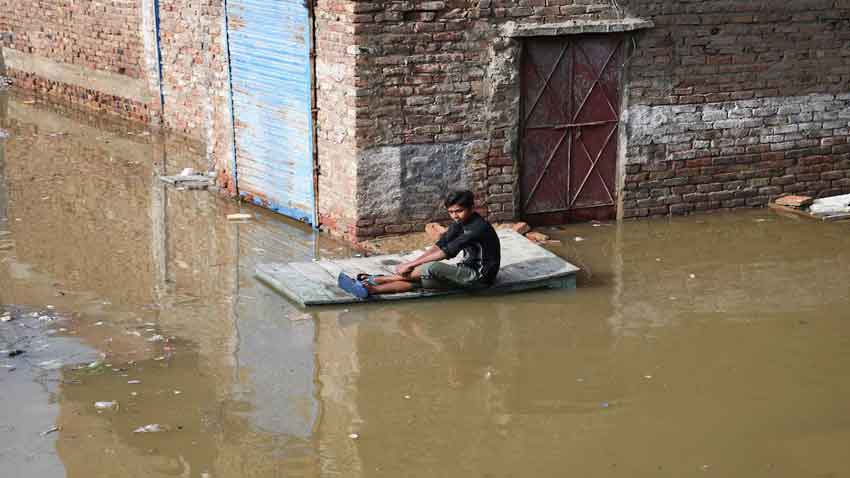
The looming crisis could devastate food security and water supplies for millions as the National Disaster Management Authority (NDMA) has cautioned that the ongoing monsoon system will stay active until September 10.
NDMA Chairman Lieutenant General Inam Haider, while briefing members of the National Assembly, warned that the effects of climate change are hitting Pakistan faster and harder than expected.
He revealed that around 150,000 people have already been moved to safer areas from the Sutlej River region, while 2,100 tons of relief goods have been dispatched to affected districts. The government has also started work on rebuilding damaged infrastructure in Gilgit-Baltistan.
General Haider expressed concern that many families are still living in dangerous areas near rivers and streams. However, he praised the speed and effectiveness of rescue operations in Punjab and Khyber Pakhtunkhwa, along with the crucial role played by welfare organizations.
He added that all weather-related data since June 26 has been collected, but warned that the coming year could be even tougher. Pakistan, which has nearly 7,500 glaciers, now faces the risk of rapid glacier melt. If these glaciers completely disappear, the country could slide into a drought-like situation with devastating consequences for food and water availability.
Read more: Pakistan lake formed by mountain mudslide threatens ‘catastrophic’ floods
General Haider also clarified that while early forecasting is the responsibility of the Meteorological Department, NDMA focuses on assessing damages and providing relief.
The situation in Pakistan paints a grim picture of how climate change is directly reshaping the country’s future. A predicted 22% increase in floods means that even areas previously considered safe may face new dangers. The displacement of over 150,000 people and rapid relief efforts already show how immediate the crisis is.
What makes the situation more alarming is the fate of Pakistan’s 7,500 glaciers. Their accelerated melt not only threatens massive floods but could eventually result in severe droughts. This cycle of too much water followed by none at all poses a dual threat: food shortages and water scarcity. Unless strong measures are taken at both national and international levels, Pakistan could be trapped in one of the world’s most devastating climate disasters.




